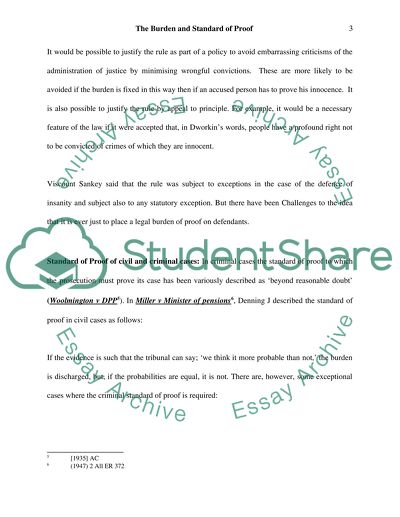Cite this document
(“Burden and Standard of Proof Case Study Example | Topics and Well Written Essays - 2500 words”, n.d.)
Retrieved from https://studentshare.org/law/1509329-burden-and-standard-of-proof
Retrieved from https://studentshare.org/law/1509329-burden-and-standard-of-proof
(Burden and Standard of Proof Case Study Example | Topics and Well Written Essays - 2500 Words)
https://studentshare.org/law/1509329-burden-and-standard-of-proof.
https://studentshare.org/law/1509329-burden-and-standard-of-proof.
“Burden and Standard of Proof Case Study Example | Topics and Well Written Essays - 2500 Words”, n.d. https://studentshare.org/law/1509329-burden-and-standard-of-proof.


